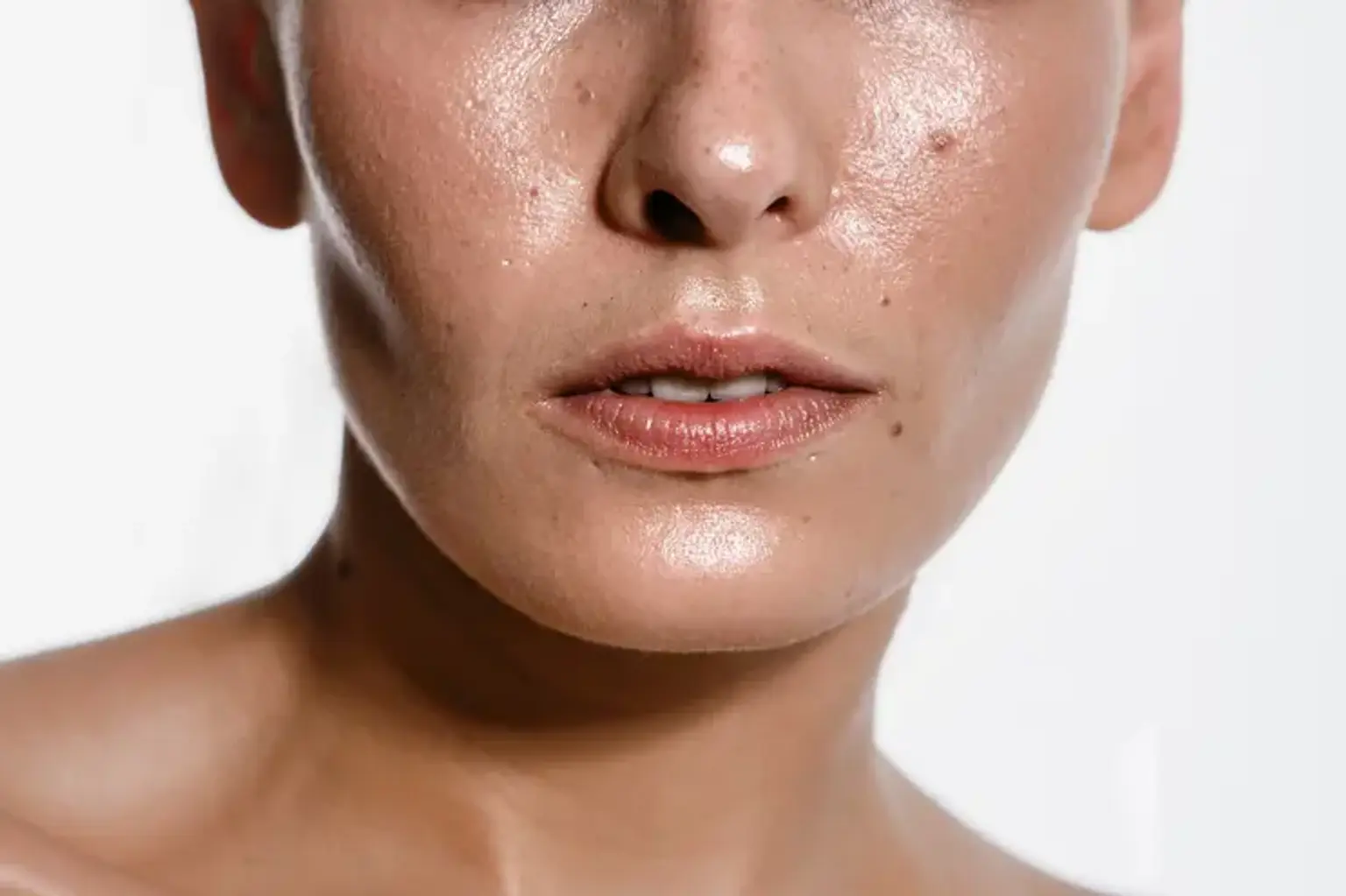Introduction
Excessive sweating, medically known as hyperhidrosis, is a condition where the body sweats excessively beyond what is necessary to regulate temperature. This can occur in specific areas of the body, such as the underarms, hands, feet, or face, and can be a source of embarrassment, frustration, and even isolation for those affected. While it may seem like a minor inconvenience to some, for others, it can significantly impact their daily life, social interactions, and self-esteem.
Hyperhidrosis is categorized into two types: primary hyperhidrosis and secondary hyperhidrosis.
Primary hyperhidrosis is a condition that is not caused by any other medical issue. It is thought to be related to overactive nerves that stimulate sweat glands to produce excessive amounts of sweat, often without any underlying health problems.
Secondary hyperhidrosis, on the other hand, occurs due to another medical condition, such as diabetes, thyroid issues, or infections. In these cases, excessive sweating is a symptom of a more significant health problem that needs addressing.
Understanding the cause of your sweating is critical for determining the right treatment, whether it's a simple topical solution or more invasive procedures.
What Causes Excessive Sweating?
Excessive sweating, or hyperhidrosis, is a condition that can be triggered by a range of factors. Understanding the root causes is vital for effectively managing and treating the condition. Let's explore some of the key factors behind excessive sweating.
